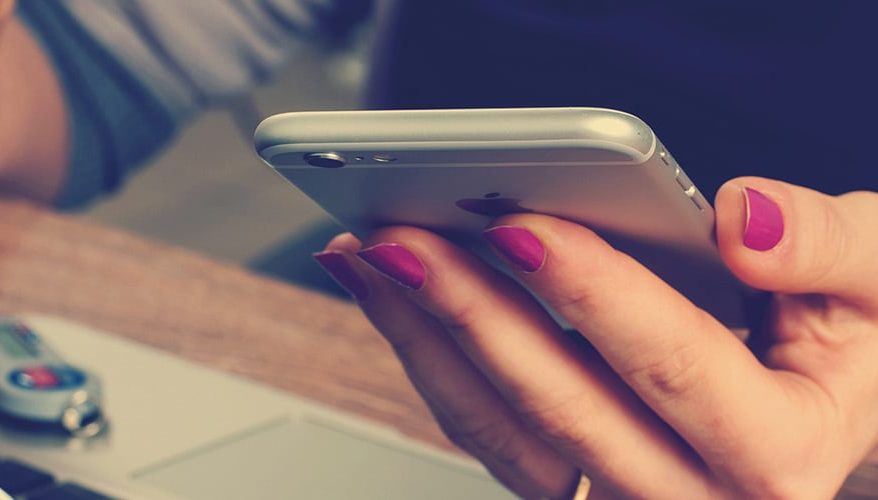
Interruptions in the workplace are inevitable, and can greatly disrupt your work flow. Yesterday my colleague and I were discussing the utopian ideal of being able to work uninterrupted for one week – no email, no phone calls and no colleague interruptions. We wondered how much more productive we would be? But would this be at another cost of reduced collaboration and social interaction with our fellow employees?
“Don’t interrupt me while I’m interrupting” – Winston Churchill.
What are interruptions?
Interruptions can range from varied sources: colleagues, meetings, phone calls, text messages, email alerts, checking social media or personal messaging (such as WhatsApp). There are also other conversations and background noise.
“The average worker gets an average of 122 emails per day” – Huffington Post
The Maths of Interruptions in the Workplace
Research shows the average person is interrupted once every eight minutes. This means we’re being interrupted approximately seven times an hour, or in total, 50-60 interruptions times during the working day!
Surely this is already making our productivity slump? Once they’ve been interrupted, it takes an individual an average of five minutes to get back to their task with full attention. Putting the maths into action, that leaves us with three minutes of productivity for every eight minutes of work; approximately four hours of each working day are being lost to interruptions.
On average, employees have only three minutes of productivity for every eight minutes of work
Research shows 80% of interruptions are unimportant. Now, I’ll leave it up to you to deem what is important. However, we should remember that if it were possible to remove unimportant interruptions, we could potentially gain back three hours and 12 minutes per day in lost productivity.
Social Interaction and Collaboration
If we removed all distractions and disruptions during the day, would our working environment become robotic? To quote Dr Nicola Milard, “we are social creatures, we come to the office to interact”. It won’t come as any surprise that researchers have found that people are happier when they are with other people, than when they are alone. We work together to generate ideas, solve problems, and generally help each other – strong colleague relationships are a positive.
Finding the balance
How can we find the balance between encouraging collaboration, improving socialisation and avoiding unnecessary interruptions? Research from the Modern Workplace 2018 report shows that offering your workforce an agile working environment, using space effectively and allowing your workforce freedom and choice, can help increase productivity. Providing an environment where employees have the choice of social interaction and contrasting quiet space is important, not least because it could help provide a healthier and happier workforce.
Note: Read Condeco’s latest Modern Workplace Report



